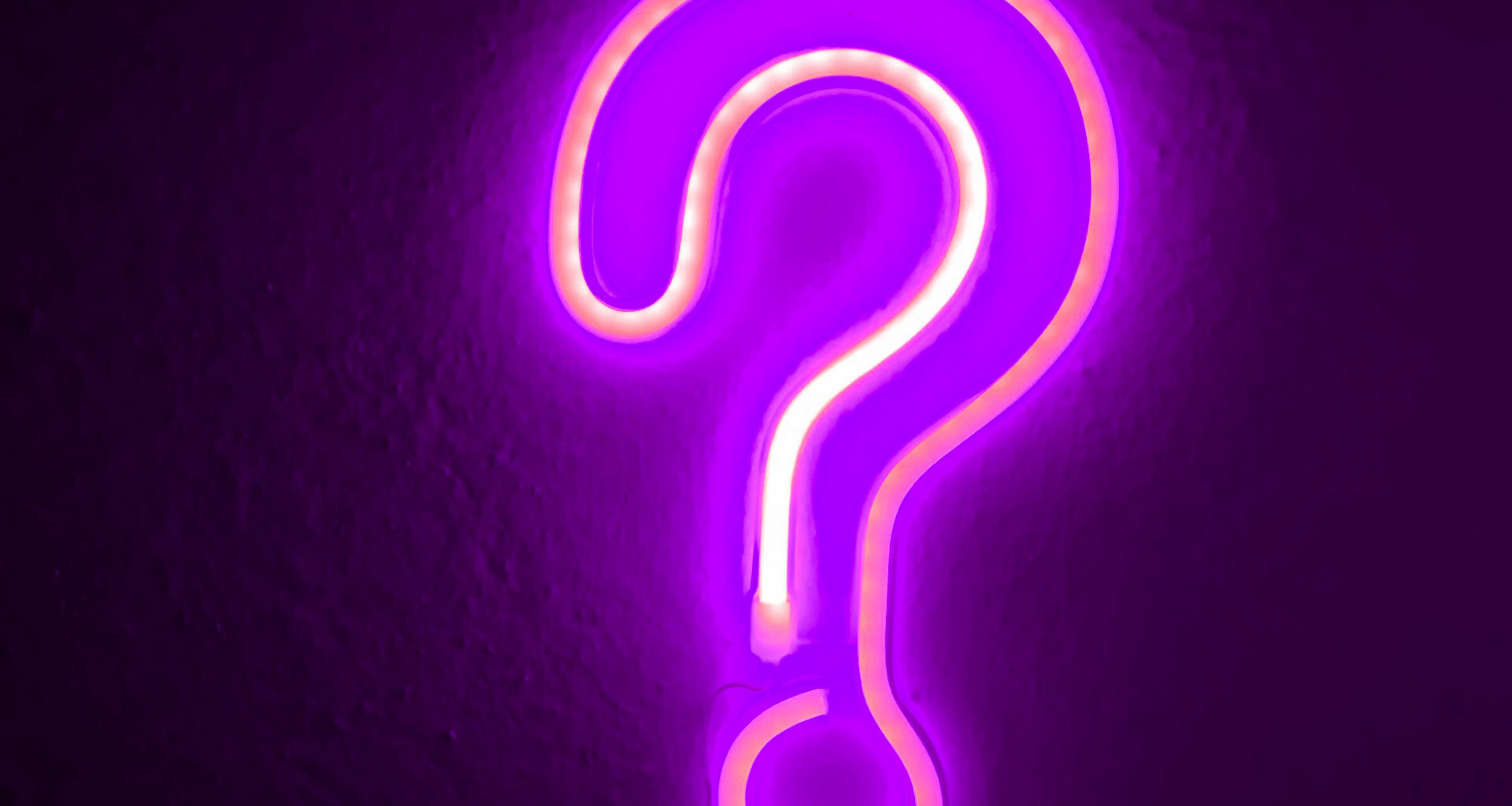Why can’t we calculate the customer acquisition costs?
Because there is no account called “customer acquisition costs” in the uniform system of accounts; there is no official industry standard to calculate the costs. Here are four reasons that reply to the question: “Why can’t we have a customer acquisition account”?
- Different departments are responsible for different expenses. For example, the IT department is responsible for the web-related expenses while the Room department is responsible for the commissions. Often, there is a time delay in the accounting records. Furthermore, different departments work in silos. How many people can have a holistic view of all information?
- Revenues and expenses are recorded differently between the agency model and the merchant model. Therefore, hoteliers need to adjust revenues and expenses to compare apples to apples.
- It is easy to identify indirect channel costs but challenging to identify the direct channel costs. Most people will agree on the typical indirect channel costs but not necessarily agree on the types of direct channel costs to be included in the customer acquisition costs. For example, if more brand-related charges have been recognized as the direct channel costs, direct bookings will not be as profitable as perceived.
- The potential conflict of interest between owners and hotel brands prevents the industry from reaching an agreement on defining the customer acquisition costs. For example, offering a massive discount to loyalty program members generates direct bookings but less profit than a regular direct booking. Furthermore, the rich diversity of the industry also makes the discussions difficult.
Why do we need to calculate customer acquisition costs?
Focusing on the distribution costs ignores other costs associated with reaching, converting and engaging customers. For example, it takes on average 36 days and 45 touchpoints for a traveler to book a hotel room (McKinsey). In addition, marketers use various marketing tactics on owned, paid, and earned channels throughout their customer journey. By considering the customer acquisition costs, marketers have a more comprehensive overview of the financial and human resources required to generate and retain demand instead of distribution costs.
Furthermore, the customer lifetime value calculation requires the customer acquisition costs. The costs are the marketing investment to acquire the customer. The customer lifetime value is the net present value of the forecast discounted cash flows and the customer acquisition costs. Without the customer acquisition costs, the customer lifetime value will be distorted.
Customer journey and the attribution question
The current practice is to allocate the costs by distribution channels. However, travellers shop at different touchpoints. For example, a traveller may get inspired by a friend’s Instagram post, then Googled the destination, went to several OTA sites to look at the available accommodations and reviews, visited brand.com, saw a retargeting ad, and finally booked at brand.com. So, how do we attribute the contributions made by the owned, paid and earned channels? The attribution issue is critical because it helps marketers set a better budget to leverage these channels. This example also demonstrates the importance of considering the customer acquisition costs, not just the distribution ones.
Can we reduce customer acquisition costs?
During difficult times, companies cut their sales and marketing budgets. Yet, research has shown that companies investing under challenging times bounce back faster (HBR).
As mentioned in the Revenue Manager Episode # 5 Cost Optimization and Profitability, it is not much about reducing the customer acquisition costs but how to invest in the most productive and profitable channels to get the best bang for the buck. Having a comprehensive overview of customer acquisition costs and the total understanding of the productivity of different channels and marketing tactics, marketers can allocate an adequate budget to the proper channels and strategies.
Since there is no industry agreement in the customer acquisition costs’ definition, marketers can establish their own standard to track costs involved in acquisition. Furthermore, more industry discussions such as the Revenue Manager Episode # 5 Cost Optimization and Profitability will facilitate an industry agreement. Eventually, an industry-wide agreement would create a performance benchmark between different properties.
This article originally appeared in EHL Insights. Photo by Simone Secci on Unsplash.














2 comments